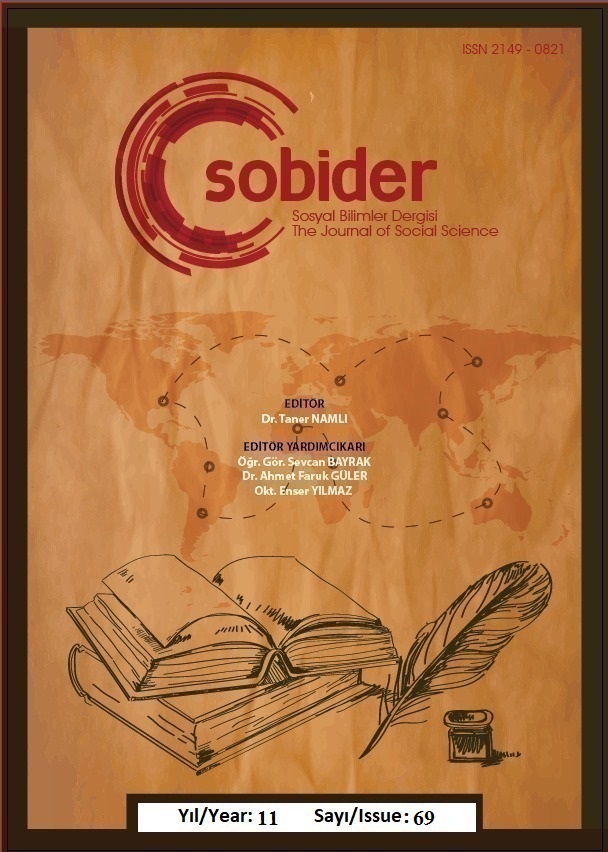Author :
Abstract
Küreselleşmenin yaşanması ve akabinde teknolojinin giderek hız kazanmasıyla birlikte örgütler rakipleri ile rekabet edebilmek için farklı arayışlar içerisine girmişlerdir. Özellikle son dönemlerde çalışana olan ilgi giderek artmış ve örgüt için çalışan en önemli konular arasında yer almaya başlamıştır. Bu çalışmada öğretmenlerin örgütsel bağlılık düzeylerine etki eden faktörlerin belirlenmesi amaçlanmıştır. Bu amaç doğrultusunda araştırmaya 226 öğretmen katılmış ve uygulanan anket formunda yer alan sorular SPSS22.0 programı ile analiz edilmiştir. Araştırmada verilerin analizi için parametrik testler arasında yer alan bağımsız örneklem t testi ve tek yönlü varyans analizi kullanılmıştır. Yapılan araştırma sonucunda öğretmenlerin eğitim durumları ve yaşları ile örgütsel bağlılık düzeyleri arasında farklılaşma olduğu tespit edilirken; cinsiyetleri, medeni durumları ve mesleki kıdemleri ile anlamlı farklılık olmadığı tespit edilmiştir.
Keywords
Abstract
With the advent of globalization and the subsequent acceleration of technology, organizations have embarked on various pursuits to compete with their rivals. Particularly in recent times, there has been a growing interest in employees, making employee-related matters increasingly significant for organizations. This study aims to identify the factors influencing the organizational commitment levels of teachers. To achieve this goal, 226 teachers participated in the research, and the questions in the applied survey were analyzed using the SPSS 22.0 program. Parametric tests, including independent sample t-test and one-way analysis of variance (ANOVA), were employed for data analysis in the research. The results of the study revealed differences in the organizational commitment levels of teachers based on their educational backgrounds and ages. However, no significant differences were found in terms of gender, marital status, and professional seniority.
